Visiting Paris for the first time really felt like wandering into a dream. The city’s charm, mouthwatering food, and those gorgeous, winding streets pulled me in at every turn. Still, I ran into plenty of surprises and a few challenges along the way.
I’ve pulled together my must-know tips that helped me make it through my first trip to Paris—so you can spend less time stressing and more time soaking in the magic.
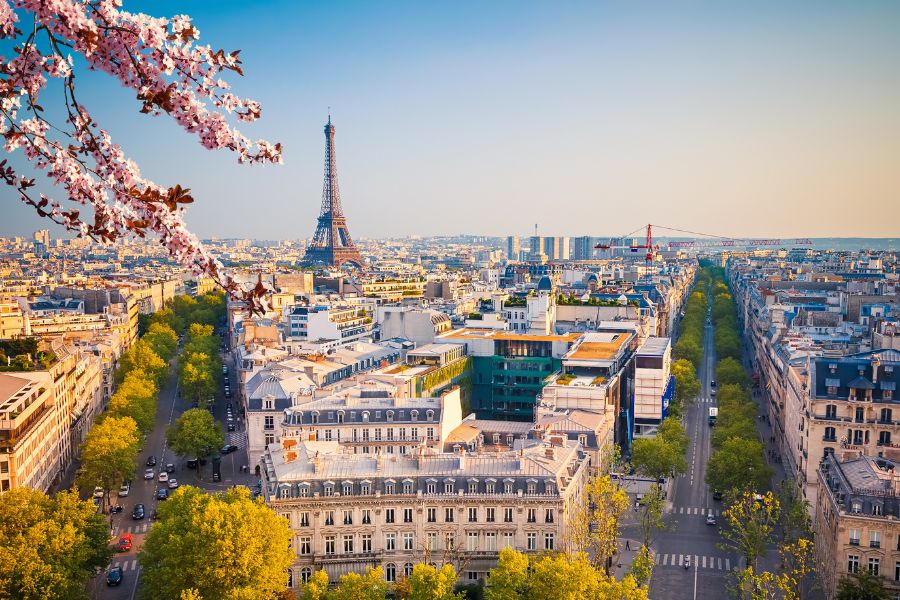
This guide is a mix of my most essential lessons: how I kept my bags safe, what I learned at local cafés, and the easy tricks that made my travels smoother. Whether you want to dodge common mistakes or just need a bit of advice to get the most out of Paris, you’ll find honest, practical tips here. Get ready to explore Paris with more confidence and turn those travel dreams into real memories.
Getting Oriented: Arriving in Paris
Landing in Paris is both exciting and a bit nerve-wracking. The city’s busy airports, language barriers, and those first few moments can shape your whole trip. Starting with the right info made everything smoother and way less stressful for me.
After hours on a plane, all I wanted was a solid plan.
Flying to Paris
Most folks, myself included, arrive in Paris by air. The main airport, Charles de Gaulle (CDG), sits about 14 miles northeast of the city. Orly Airport (ORY) is another option, especially for budget flights or European routes.
I always book flights early for better prices and seat choices. Before I left, I checked where my accommodation was so I knew which airport made more sense.
Travel insurance gave me peace of mind—delays and lost bags happen, and I didn’t want to risk it. I kept my passport, travel docs, a pen, and hotel info in my carry-on, which saved me time at customs.
Navigating Paris Airports
Charles de Gaulle is massive and can feel like a maze, especially when you’re jetlagged. Luckily, the signs are in French and English, which helped me out.
After landing, I followed the signs to passport control and baggage claim. The lines can get long, so patience is key. Orly is smaller but still has two main terminals, so you need to pay attention.
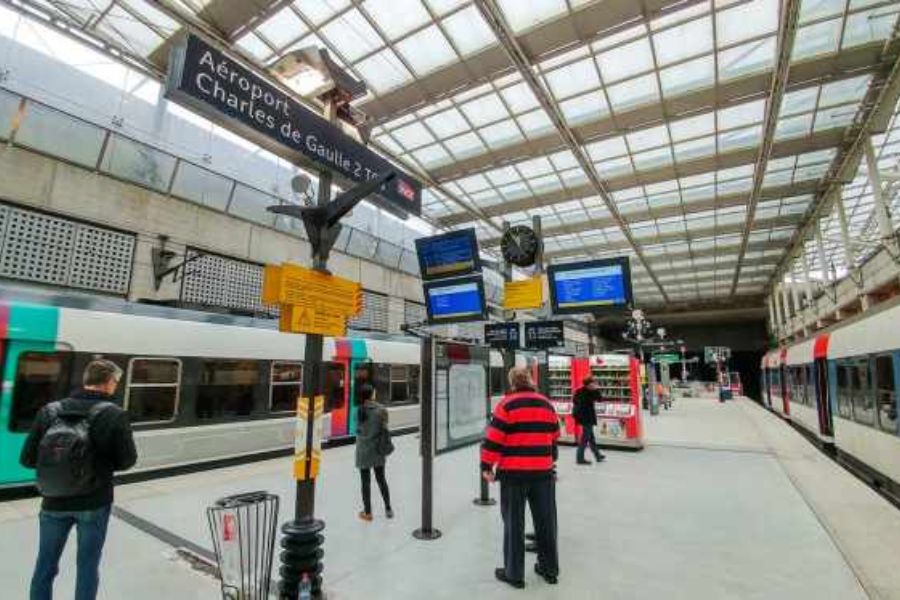
Both airports offer info desks, ATMs, and SIM card kiosks. Here’s what I wish I’d known before:
- CDG train station (RER B): Direct line into the city, right in Terminal 2.
- Airport shuttles: Some hotels have them—worth checking.
- Taxis: Official taxis line up outside; there’s a fixed fare (around €55 to central Paris from CDG).
I always double-check signs for “Sortie” (exit) and “Bagages” (luggage) so I don’t get lost. Having my hotel address handy—either printed or on my phone—made it easier to ask staff for help.
Initial Transportation Tips
Getting from the airport into Paris itself seemed a little intimidating at first. But there are options for every budget and comfort level:
- RER B train: Fast, cheap, and ideal if you travel light.
- Taxi: Reliable but pricier; I took one when I felt wiped out or had too much luggage.
- Airport bus (Le Bus Direct/Orlybus): Super easy to find, drops you off near big landmarks.
Tip: Buy your ticket before you board (machines or booths in arrivals). If you’re unsure, airport staff are pretty helpful, especially at the RER. I practiced saying “ticket,” “station,” and my stop in French just in case.
Before I left home, I saved my hotel’s directions. After a long journey, finally stepping into my accommodation in Paris felt like a huge relief.
Must-See Attractions and Hidden Gems
Paris overflows with famous sights, but it’s also packed with unique places that you’ll miss if you only chase the big names. I found that mixing the must-sees with quiet corners gave me the best experiences.
Iconic Paris Landmarks
As soon as I arrived, I knew I had to see the classics. The Eiffel Tower was my first stop. No photo really prepares you for the view from the top. If you go early, you’ll beat the crowds and get better photos.
Next, I braved the Louvre Museum. This place is gigantic, so I picked out a few highlights (the Mona Lisa, Winged Victory of Samothrace) and took breaks outside at the glass pyramid.
I wandered over to Notre-Dame Cathedral and explored the island of Île de la Cité. Even with the interior closed for repairs, walking along the Seine and seeing the towers up close felt special.
A day trip to Château de Versailles felt like entering a different era. The palace is impressive, but I loved strolling the gardens and exploring Marie Antoinette’s little village. For a change of pace, I hopped over to Disneyland Paris—it’s a fun break after a busy week in the city.
Exploring Covered Passages
I found Paris’s covered passages by accident, but they quickly became my favorite hideaways from the rain or crowds. These old walkways are lined with quirky shops, tiny cafes, and vintage bookshops. It’s like stepping into another era.
Passage des Panoramas is the oldest and full of odd little stores and cozy bistros. At Passage Jouffroy, I found toy shops and even a wax museum—perfect for a slow afternoon. Galerie Vivienne wowed me with its mosaic floors and chic boutiques.

I also wandered through Passage Verdeau and tasted international snacks in Passage Brady. Passage du Grand Cerf is a dream for craft lovers, while Passage du Caire feels mysterious and steeped in history. Some passages, like Galerie de la Madeleine and Passage du Choiseul, are easy to miss. Each one offers a pause from the city’s bustle and a glimpse into a different Paris.
Neighborhoods Worth Wandering
Some of my best days happened when I didn’t plan much at all. The Marais grabbed me right away—narrow lanes, funky boutiques, and hands down the best falafel I’ve ever tasted. I loved people-watching in Place des Vosges and browsing tiny galleries.
The Latin Quarter and 5th arrondissement buzz with student life and little bookshops. I wandered old streets, grabbed coffee on Rue Mouffetard, and picked up pastries along the way. Les Halles is a busy shopping area, but if you duck down side streets, you’ll find peaceful gardens and bakeries that locals swear by.
Bastille has a modern, lively vibe with nightlife and hidden parks tucked away behind the main roads. I always followed my curiosity into side alleys. Each neighborhood has its own mood—some lively, some peaceful, all worth exploring slowly.
Off-the-Beaten-Path Sights
Paris really rewards curiosity. One spot I loved was the Palais Royal and its striped Colonnes de Buren—perfect for photos, and the gardens stay calm even when the city’s busy.
When I needed a break, I searched for hidden courtyards and pocket-sized parks. They’re often just a block from major sights. I stumbled on small museums tucked into quiet neighborhoods, like the perfume museum or the Musée de la Vie Romantique in Montmartre.
Wandering outside the big tourist zones, I found local markets brimming with cheese, flowers, and fresh bread. Early mornings by Canal Saint-Martin or catching sunset at Parc des Buttes-Chaumont gave me a calmer, more local feel.
Walking along Champs Elysées at sunrise let me see the famous avenue almost empty. Sometimes, getting a little lost led me to the best discoveries.
Eating Like a Local: Parisian Food Experiences
Paris is heaven for food lovers. You’ll find everything from classic French restaurants to street food from every corner of the world. Eating like a local means slowing down, looking for quality, and embracing some simple rituals—like always saying “bonjour” when you walk in, and never skipping a fresh baguette from the bakery.
Savoring Legendary French Cuisine
Sitting down for a meal in Paris changed how I think about eating. The French take real pride in even the simplest dish, whether it’s an omelette or something fancier like duck confit. At places like Le Relais de l’Entrecôte or Bouillon Pigalle, I tasted classic recipes made with care.
I tried escargots (honestly, tastier than I expected—lots of garlic butter helps). French onion soup is another must: gooey cheese on top of rich broth. For lunch, I joined locals ordering steak frites—juicy steak, crispy fries, and a simple salad.
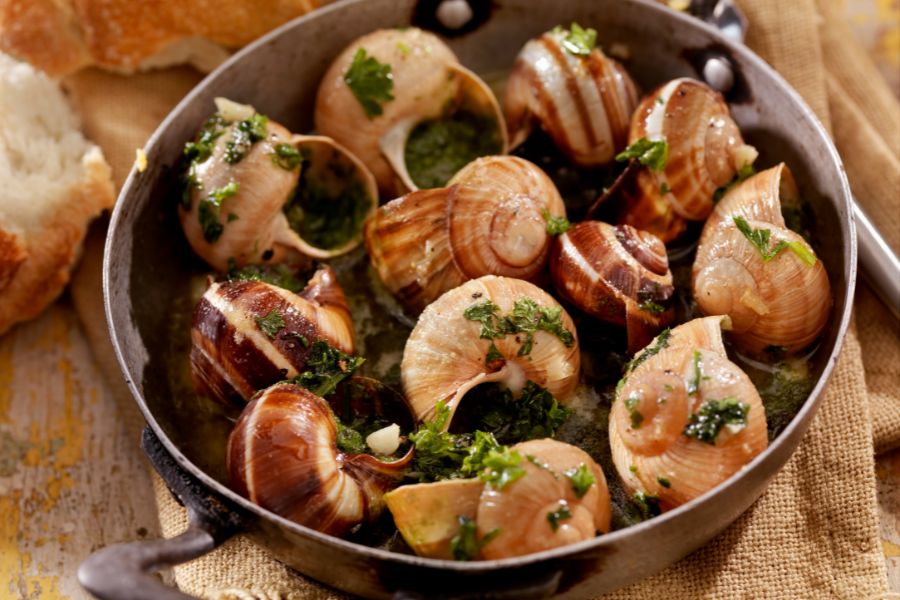
Even in casual bistros, service feels special. Lunch runs from 12–2pm, dinner after 7pm. Taking time to enjoy each course is just the Parisian way.
Best Boulangeries and Cafés
Hunting for the perfect boulangerie turned into a daily ritual. Paris has bakeries everywhere, and each one has its specialty. There’s honestly nothing like a warm baguette or a buttery croissant first thing in the morning.
My favorite routine? Picking up a baguette and tearing off a piece as I wander down the street. Some bakeries, like Poilâne or Du Pain et des Idées, are famous for their bread. If I had time, I’d grab a table at a corner café for a café crème and pain au chocolat, just watching the world go by.
Popular bakeries sell out of the best stuff by lunchtime, so I learned to go early. A cheerful “bonjour” to the staff always makes a difference.
Navigating Restaurants and Menus
Parisian restaurants have their own rhythm, and I had to adjust. Usually, someone greets you at the door—don’t just pick a table. French restaurants focus on quality, not speed, and servers appreciate a little politeness.
Menus are often short, with daily specials (“plat du jour”). I picked up a few French food words, but most servers spoke some English. Lunch menus often offer two or three courses for a fixed price, which usually saves money.
Tipping isn’t a big deal like in the U.S.—just round up or leave a few coins. For busy or trendy places, I always try to reserve ahead, especially on weekends.
Street Food and International Flavors
Between long walks or museum visits, I grabbed food from street vendors or little shops. Paris is full of quick, tasty options—crêpes with Nutella or ham and cheese, fresh baguette sandwiches, and quiches from the market.
I was surprised by how much international food is available. Vietnamese pho, Japanese ramen, and Middle Eastern falafel or shawarma are easy to find, especially in places like Le Marais.

Street food is perfect if you’re on the move and want to save money. These quick bites let me try a big mix of Parisian and global flavors.
Smart Ways to Get Around the City
Navigating Paris can seem daunting at first, but it gets easy once you pick up the basics. With a little planning, I found exploring the city not just simple, but honestly a lot of fun.
Understanding the Metro and Buses
The Paris Metro moves quickly and shows up often. Lines come in different colors and numbers, so figuring out your route feels pretty straightforward. I always grabbed a Metro map at the station, or I’d just check Citymapper on my phone.
If you’re planning to ride more than once, ticket packs or the Navigo Easy Pass can save you a few euros.
Buses run slower, but you get a nice view of the city above ground. Most routes connect the big sights, and electronic signs at stops show when the next bus is rolling up. I liked using buses to reach quieter neighborhoods or spots where the Metro just doesn’t go.
If you’re traveling with family, make sure everyone gets their own ticket. For folks with strollers or anyone needing step-free access, buses are usually a better bet, though not all Metro stations have elevators. I checked the RATP website or stopped by info desks for updates.
Walking Tours and Exploring by Foot
Honestly, walking is my favorite way to see Paris. The grands boulevards or the Canal Saint-Martin are perfect for a slow stroll. You’ll find bakeries, bookshops, and hidden courtyards tucked away on side streets—things you’d totally miss from a car or bus.
When I booked a walking tour, I picked neighborhoods I wanted to get to know—Montmartre, Le Marais, or the Latin Quarter. Some tours give you headphones, others are more relaxed. Wear good shoes; most streets are level, but you’ll hit some cobblestones here and there.
Making your own walking tour is super easy. I used Google Maps and always carried a water bottle, especially if it was hot. Walking let me stop wherever I wanted—a real Parisian way to explore.
Arrondissements: The Heart of Paris
Paris splits into 20 neighborhoods, called arrondissements. They spiral out from the center, kind of like a snail shell. The Louvre, Notre-Dame, and Pompidou Centre sit in the early arrondissements, while Montmartre (18th) and Belleville (20th) are farther out.
I checked the arrondissement number on street signs to keep myself oriented. The right bank (north of the Seine) has famous shopping streets and boulevards. The left bank (south) is where you’ll find the Latin Quarter and Saint-Germain.
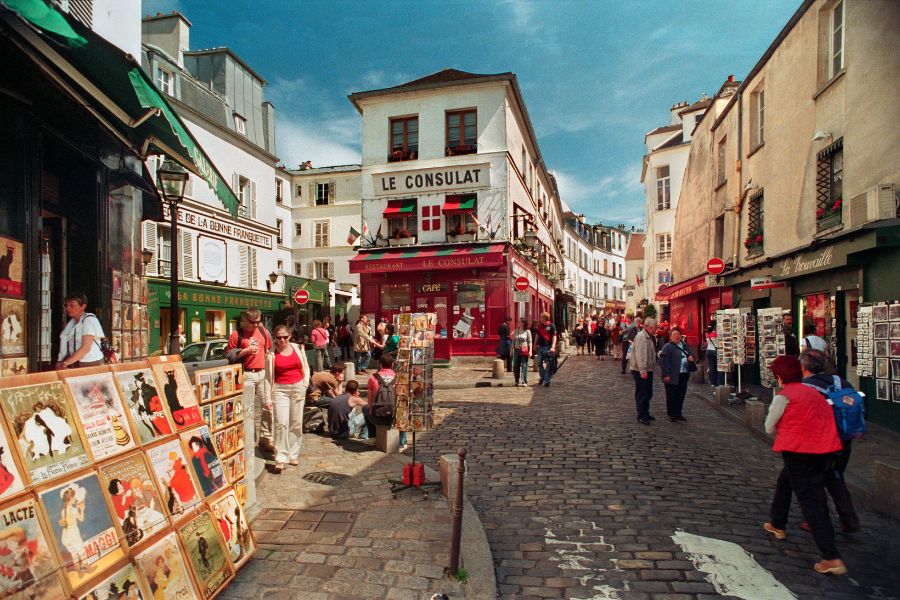
Maps and apps help you move between arrondissements easily. Once I understood the layout, getting around felt a lot less confusing.
Tips for Travelers with Special Needs
Paris can work for travelers with accessibility needs, but planning helps a lot. Most city buses are wheelchair-friendly, and drivers usually help with ramps. Only about half the Metro stations have elevators, so I always checked first. Metro staff generally offer help if you ask.
If you’re with a stroller, buses are the easiest option. Taxis work too, but I tried to avoid rush hour. Many big sights, like the Louvre and Musée d’Orsay, now have accessible entrances.
Visitor centers gave me maps showing accessible routes. I kept a printed list of the Metro stations with elevators, so I could adjust plans if needed. Public toilets marked as sanisettes are free and designed for everyone.
Shopping and Parisian Style
If you love shopping or fashion, Paris is a dream. Beautiful window displays, famous designers, and lively markets make browsing and buying feel like an adventure.
Paris Shopping Districts
My first stop? The legendary Champs-Élysées. The boulevard is packed with global labels and French brands. I wandered through the Marais for a bohemian vibe, with cobbled streets and tons of small boutiques. Rue Saint-Honoré stood out for its upscale shops and Parisian charm.
Avenue Montaigne and Place Vendôme are the places for luxury—think Chanel, Dior, and Louis Vuitton. Just walking around these areas is an event, honestly, with elegant facades and stylish Parisians everywhere. Even if you’re not shopping, window browsing (“lèche-vitrine”) in Paris is a treat.
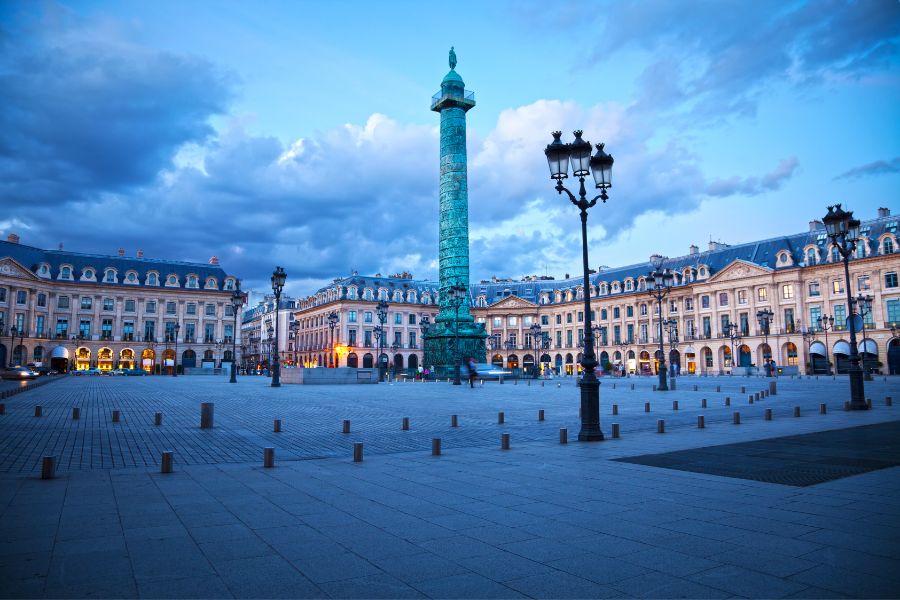
Here’s a quick summary of top districts:
| District | Best For | Atmosphere |
|---|---|---|
| Champs-Élysées | Global brands | Busy, Iconic |
| Marais | Trendy, unique finds | Hip, youthful |
| Avenue Montaigne | Haute couture | Luxurious, exclusive |
| Rue Saint-Honoré | Upscale boutiques | Classic, chic |
Trendy Boutiques and Haute Couture
Paris invented haute couture, and you can tell—designer boutiques fill entire neighborhoods. On Avenue Montaigne and around the Golden Triangle, the shop windows glitter with new collections. I spent an afternoon in a Le Marais boutique, finding cool pieces by designers I’d never heard of.
Don’t feel awkward about stepping into designer shops—even if you’re just looking. Parisian fashion culture encourages you to admire the craft up close. Staff usually greet you warmly and don’t pressure you to buy.
You’ll see big names like Chanel, Hermès, and Saint Laurent. But I say, check out the smaller shops too. I found unique accessories and classic Parisian staples, like striped tees and silk scarves, in places I just stumbled into.
Department Stores and Markets
I loved exploring Galeries Lafayette and Au Printemps. These stores are huge, but I found them easy to navigate, with whole floors for different designers. The Galeries Lafayette rooftop has an amazing view of the Opera and city rooftops—a perfect spot to take a break.
If you want bargains or something different, try Parisian markets. At the Marché aux Puces de Saint-Ouen, I browsed vintage jewelry and old postcards. The Marché Bastille had handmade belts and local fashion—great for fresh, everyday Parisian style.
Whether you’re after designer couture or fun street finds, shopping in Paris helps you discover the city’s personal side.
Thriving in the French Capital: Practical Tips and Nightlife
Paris can feel thrilling and a bit overwhelming, especially if it’s your first visit. Finding a good place to stay, saving money, and figuring out how to enjoy the city’s lively days and nights really matters.
Accommodations and Where to Stay
On my first trip, I quickly realized that picking the right neighborhood makes a big difference. I loved the Marais for its shops and cafes—it felt safe and lively. Montmartre had an artsy vibe, with winding streets, and the Latin Quarter was packed with students and cheap eats.
For hotels, I booked early. Rooms tend to be small, but many included free breakfast and Wi-Fi. Hostels were great for meeting other travelers. If you want more privacy, try renting an apartment—Airbnb often has good deals in less touristy areas.
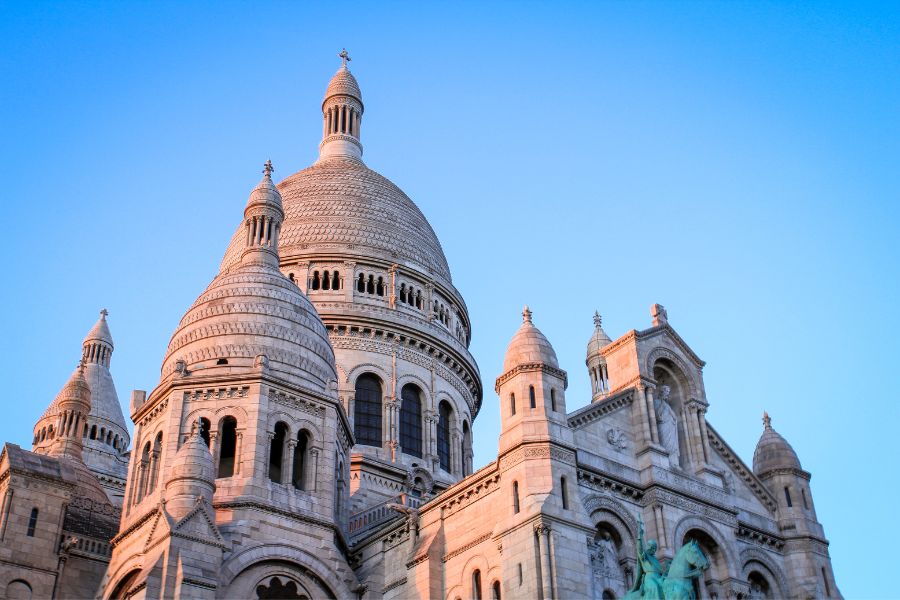
Here’s a quick table to help choose:
| Area | Vibe | Price Range | Perks |
|---|---|---|---|
| Marais | Trendy, central | $-$$ | Great food, near sights |
| Latin Quarter | Lively, academic | $-$ | Budget dining, energetic atmosphere |
| Montmartre | Artistic, charming | $-$$ | Unique views, local feel |
| Saint-Germain | Chic, classic | $$ | Upscale shopping, quiet lanes |
Money-Saving and Budget Travel Tips
Paris has a reputation for being pricey, but you can stretch your euros with a few tricks. I saved on meals by grabbing baguette sandwiches or pastries from a boulangerie instead of sitting down at touristy cafes. Supermarkets like Monoprix are great for snacks and picnic supplies—eating by the Seine felt fancy but cost almost nothing.
For sightseeing, I bought a Paris Museum Pass. It covered most big attractions and let me skip ticket lines. Metro or bus passes for unlimited travel were a lifesaver. Escorted tours can be worth it if you want easy planning, especially for day trips outside Paris.
Apps like Citymapper made buses and subways less confusing. I always checked the Paris calendar for free festivals, outdoor movies, or cultural events happening during my stay.
Safety and Support Services
Staying safe in Paris mostly meant paying attention, especially in crowded places like metros and tourist spots. I kept my bag zipped and close to me to avoid pickpockets. At night, I stuck to well-lit streets and followed groups if I felt uneasy.
Police and tourist assistance kiosks sit near popular spots if you need help. For emergencies, dial 112—it works for police, fire, and ambulance. Pharmacies have green crosses and staff usually help with minor issues.
The city feels welcoming, but knowing a few French phrases helps. Just saying “bonjour” before asking for help always got me better service, both with locals and officials.
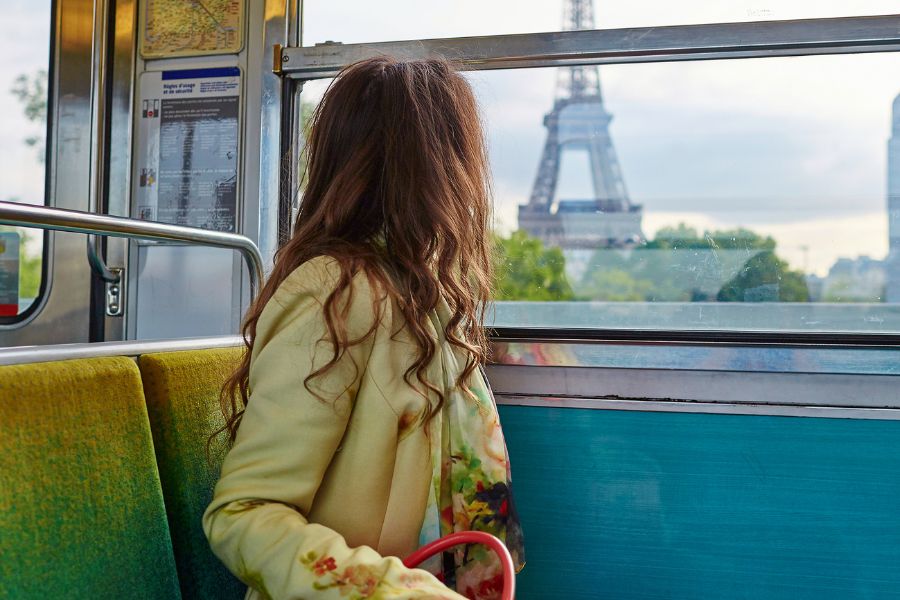
Nightlife: Clubs, Bars, and Performing Arts
Paris after dark? It’s a whole different world, honestly. In the Latin Quarter, I found these cozy bars where live jazz just drifts out onto the street.
Marais, on the other hand, serves up some seriously stylish cocktail lounges. Bastille is wild—nightclubs there don’t really quiet down until sunrise.
Not into dancing? I get it. I checked out a few theaters, and wow, they blew me away.
You can catch ballet at the Opéra Garnier. Or maybe you’d rather see an indie film or a cabaret at the Moulin Rouge.
A lot of these places offer student or early-evening discounts, which is a lifesaver if you’re watching your budget.
If you want something a bit out of the ordinary, I’d say keep an eye on the city calendar. Sometimes you’ll find pop-up arts shows or even Middle Eastern music nights.
One night, I wandered into a concert in an old church, and honestly, it turned into one of my all-time favorite Paris memories.
With so many clubs, bars, and theaters, you’ll never run out of places to explore at night.

